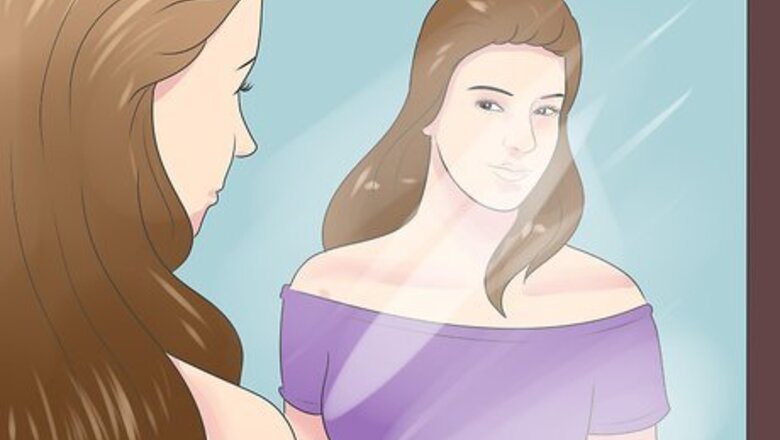
views
Contemplating a Cut
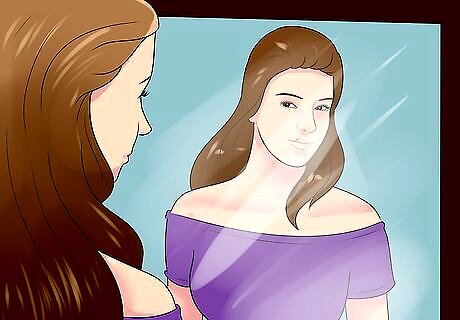
Look at yourself in the mirror and imagine different hairstyles. Deciding whether to cut your hair is a personal decision that's different for everyone, and there's no right or wrong answer. While you're trying to decide, spend some time looking in the mirror, thinking about how your hair would look if you cut it. Play with your hair in the mirror, too–hold it up so the ends hit at a shorter length than normal, or flip the ends of your hair over your forehead so they look like bangs. This can help give you a rough idea of what you would look like with a new cut.

Examine old pictures of yourself with different hairstyles. If you're thinking about cutting your hair, flip through pictures where you have different hairstyles, if you have any. Pay attention to how different cuts framed your face, and think about what you did and didn't like about your hair at the time. Another thing to look for is how different haircuts looked when you styled them yourself. For instance, if a cut looked great on you right out of the salon but you had trouble taming your curls at that length, pictures can help remind you.
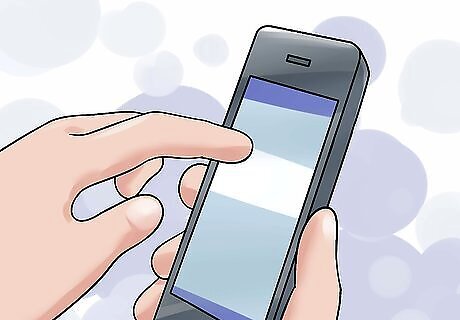
Use an app to try on different hairstyles. There are a number of apps and websites that will let you upload a picture to try on different haircuts. This is a fun way to experiment with different lengths, styles, and even colors to see what you like. You might even discover a cut that you would never have considered before! When you're taking a picture to upload to one of these apps, pull your hair away from your face and look straight into the camera. This will help ensure the sample hairstyles are aligned properly with your face. If you don't have a way to take a picture of yourself, most of these apps will let you try hairstyles on a model's face. Try to pick a model whose face shape most closely resembles yours. Take a screenshot or print out a photo to show to your hairdresser if you find a style you really love.
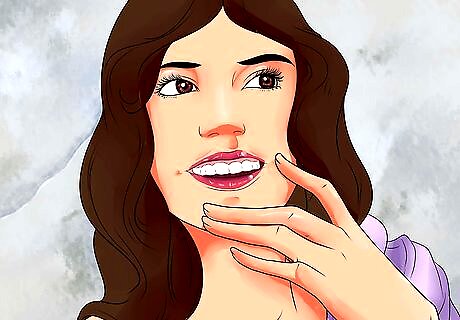
Measure between your ear and your chin to see if a short cut is right for you. Hold a pencil directly under your chin, extending out toward your ear, then hold a ruler perpendicular to the pencil and measure the distance between the pencil and your ear. If the distance between your ear and your chin is less than 2.25 in (5.7 cm), your delicate features are suited for a shorter cut. If it’s longer than that, a longer haircut will be more flattering for your features. The pencil test is a guideline developed by John Frieda. To determine the exact length of your cut, your stylist should take into consideration your face shape, hair texture, and personal style.
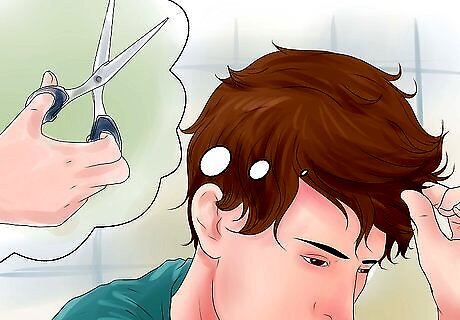
Go short if you live in a hot, humid climate. Summertime humidity can make your hair frizzy and heavy, sticking to your forehead and making you feel even hotter in warm weather. Short hair weighs less and will dry faster if you get a little sweaty on a hot day, helping you to stay cooler. Short styles like crops or pixies are the perfect way to stay cool on a hot day. If your hair is very thick and frizzy, it can be harder to style if it’s cut very short. Instead, you might want to leave some length but opt for an undercut, where a portion of your hair near your neck is cut short to lose some volume.
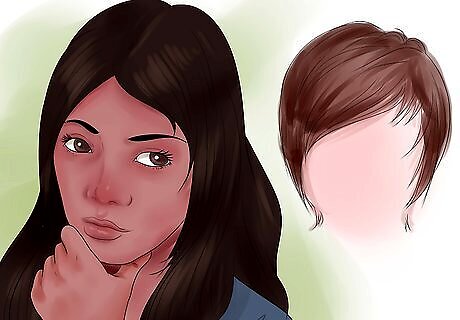
Stick to a trim if you’re contemplating other big changes in your life. If you’re thinking about leaving your job or breaking up with your partner, it can be tempting to go out and cut off all your hair as a way of shaking things up. However, if what you really want is to make a change in your life, cutting off your hair could be a rash decision that you’ll regret. You should also avoid making a dramatic change to your hair if you have a major event, like a wedding or a big presentation. If you don’t like how it turns out, or if you are unfamiliar with styling short hair, it could add additional stress to your big day. On the other hand, if you’re looking a way to empower yourself, cutting your hair can help you feel like you have control over your choices!
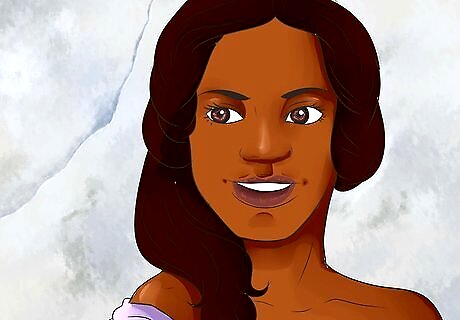
Don’t cut your hair just because someone else wants you to. There’s nothing wrong with taking advice from friends and family about whether they think a certain haircut will look good on you, but you shouldn’t cut your hair because you feel pressured to. Whether it’s your mom, your best friend, or the person you’re dating, your hair belongs to you, and you should only cut it if you want to. The same thing is true if you’re feeling pressured to leave your hair long but you want to cut it. You’re the only person who should make that decision.
Choosing the Right Cut for Your Face Shape

Determine the shape of your face. If you don’t already know your face shape, stand facing a mirror with your hair pulled straight back and look at the angles of your face, especially around your forehead, cheekbones, and jawline. If you need to, draw the outline of your face on the mirror in lipstick or shaving cream to help you figure out the shape.

Go with layers on top or a longer length if you have a round face shape. People with round faces often believe that they can’t pull off short hair because it will make their face look too wide. However, as long as you pick a cut with extra volume on the top, it can actually help balance out your round face, making it look longer. For instance, if you have tight curls, you could try a faux-hawk style with plenty of lift to slim your round features. If your hair is straight, you could choose a pixie with choppy layers around the crown. Avoid cuts which hit at the fullest parts of your cheek or right at your jawline. Just below the chin is a good length if you’re looking for a more feminine short style.

Opt for sweeping waves to soften a square face. If you have a sharp jaw and a wide forehead, layers, waves, or curls can help soften your features. Popular styles for this face shape include soft layers, asymmetrical cuts, and side-swept bangs. If you’d prefer to highlight your strong jawline, choose a classic short cut that’s cropped close on the back and sides with a little texture on the top.
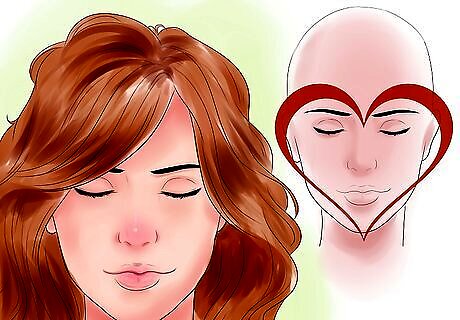
Keep your hair a little longer if you have a heart-shaped face. Heart-shaped faces, also called triangle-shaped faces, are wider across the forehead and narrower at the chin. Short cuts will emphasize the width of your forehead, so it’s best to wear your hair a little longer. If you prefer a short cut, ask your stylist to keep it about 3 in (7.6 cm) long all the way around. Try a 90s-style undercut or a bob with long bangs to balance your heart-shaped face.
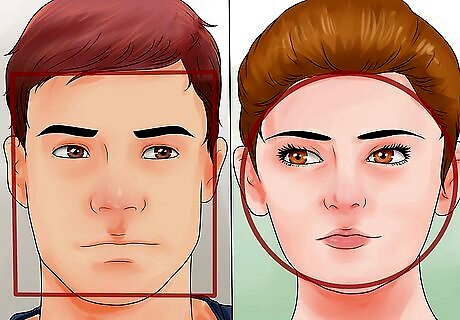
Pick almost any cut if you have an oval face. Oval faces are the most balanced, and you have the distinction of looking good with almost any hair style. Whether you decide to leave your hair long or shave it all off, chances are you’ll pull off the look like nobody else!
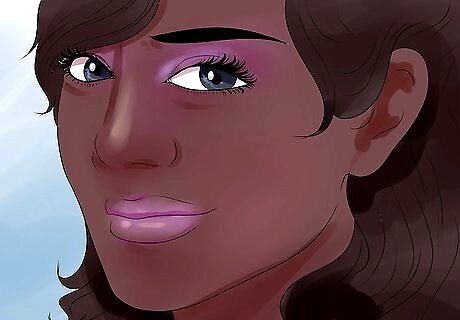
Remember that a good stylist can help you find the right cut for you. If you’re contemplating a chop but you’re not sure which direction to go, schedule a consultation appointment with your stylist. Bring a few inspiration pictures and ask what they think will look good on you. The right stylist will know how to help you choose a cut that will work with your face shape and hair texture, so if you want short hair, don’t be afraid to go for it!
Fixing Hair Problems with a Haircut
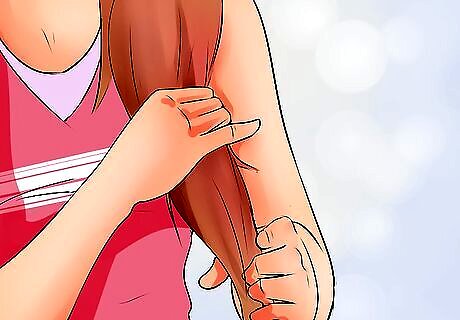
Examine the ends of your hair for split ends. Hold a section of your hair in front of your face and look at the ends to see if you can spot any frayed edges, splits, or small white spots where your hair has split. Once your hair starts to develop split ends, the breakage will travel up the strand of hair until you cut it, so you’ll need at least a trim to fix the problem. Other signs of damage include dryness, frizz, or a straw-like appearance. The more damage your hair has, the shorter you’ll need to cut it.

Opt for a shorter cut if you have thin, limp hair. Fine, straight hair tends to look flat when you wear it long. Choosing a shorter cut will add body, making your hair look fuller and healthier. A layered pixie, choppy bob, or a piecey crop are all great ways to add volume. The shorter your hair is, the more lift it will appear to have.

Leave enough for a ponytail if you don’t style your hair every day. Short hair is low-maintenance, but you have to spend at least a few minutes styling it each day. If you’re the type to rely on a ponytail or a messy bun for days on end, a short hairstyle could be more work than you’re used to. Short cuts also require more frequent trips to the salon. You’ll need a trim every 4-6 weeks rather than the 3 months or so you can go between trims if you have longer hair. If you already style your hair every day, a short cut can save you time during your daily routine!
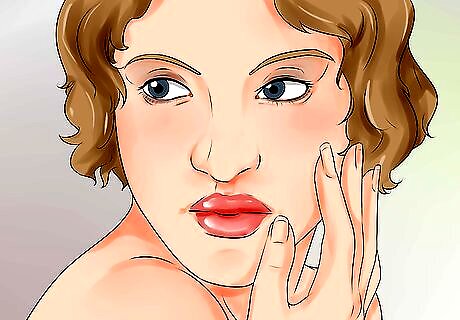
Go for the big chop if you’re facing hair loss. Of course, whether to cut your hair or not is a highly personal decision, but if you’re facing hair loss, cutting your hair short can make the process easier. Whether it’s due to heredity, chemotherapy, or another condition, short hair can make your hair loss less obvious as you go through the process. The length you choose is up to you, but a close crop is often popular for people facing hair loss. Avoid shaving your head all the way down with a razor, especially if your hair loss is due to an illness. If you cut yourself while you're shaving, you may be at an increased risk for infection.















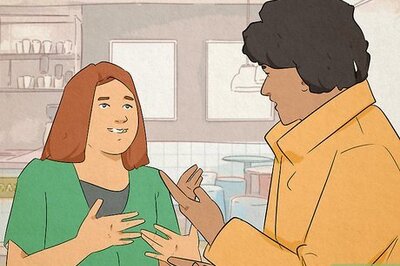


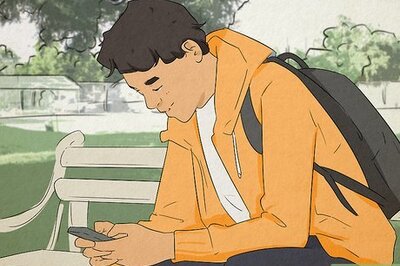

Comments
0 comment